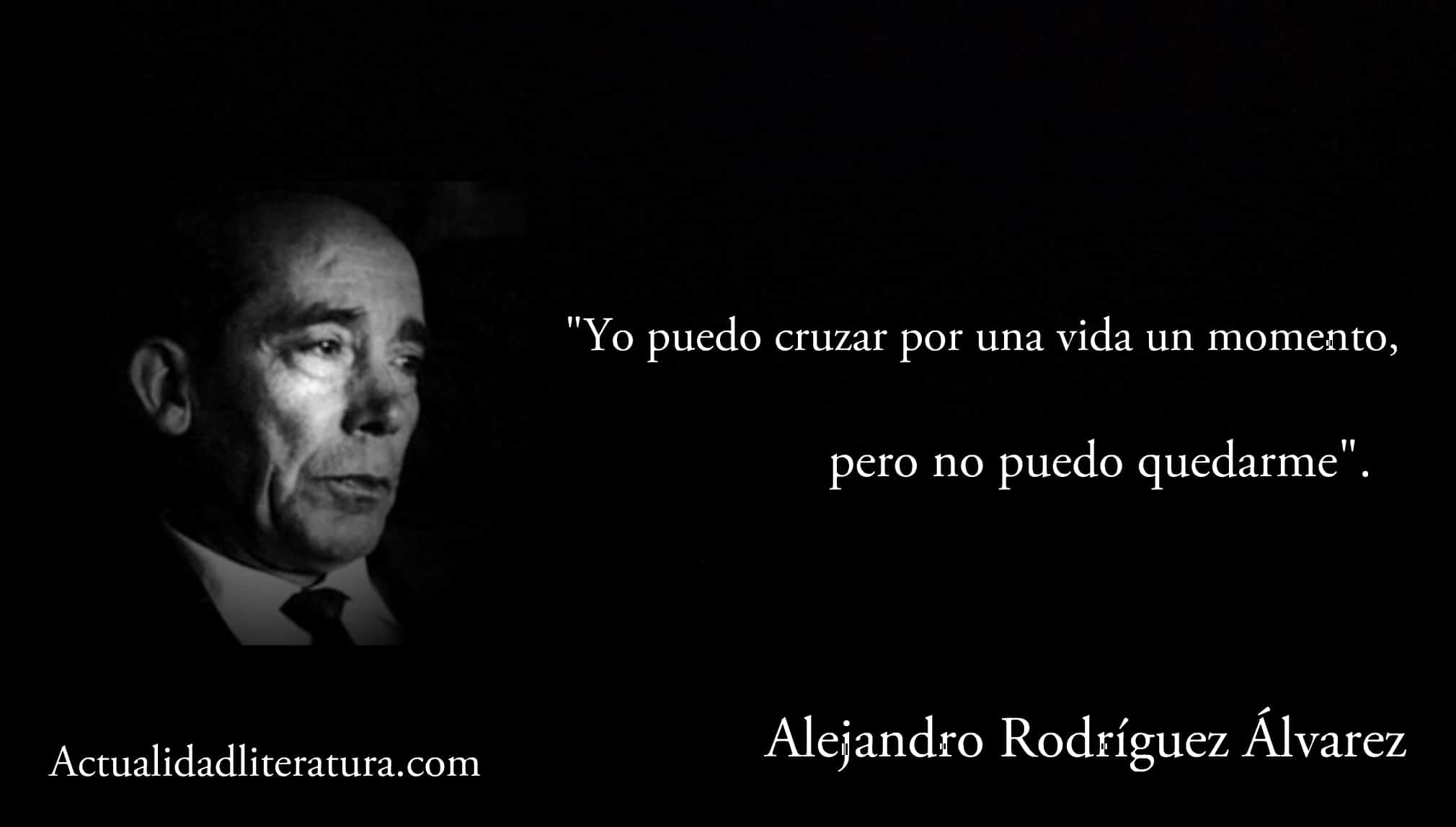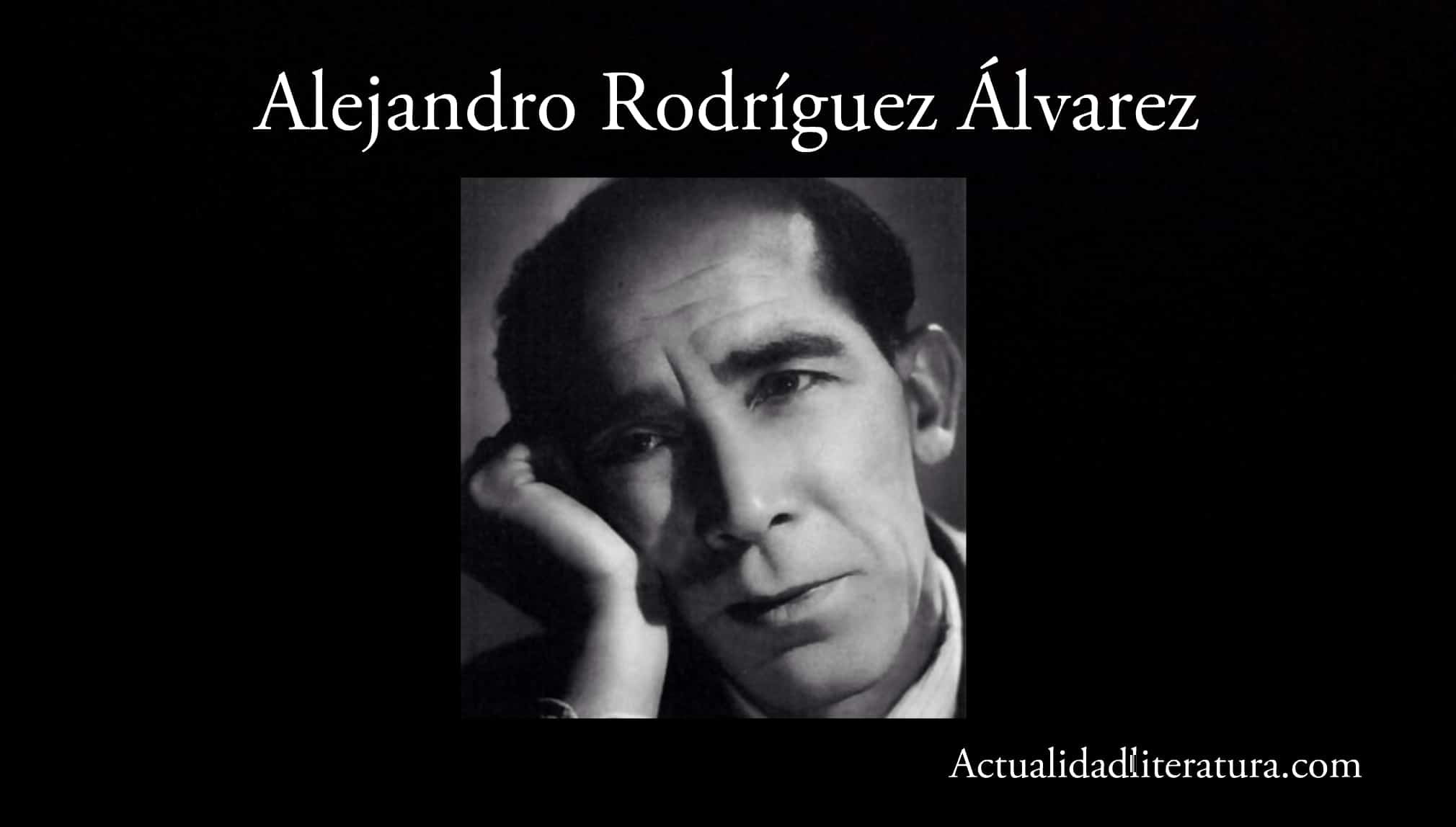
The lady of dawn.
The lady of the dawn It is a melodramatic piece by the Spanish Alejandro Rodríguez Álvarez (better known under the stage name Alejandro Casona). It is about the personification of death in the figure of a very beautiful and mysterious woman. Who breaks into the bosom of a family to transform the lives of all its members.
Moreover, this work is an example of "dramaturgy as a literary style". However, those who write for the tables necessarily think about the staging. However, beyond the obvious communicative variations, basically there are not too many differences. Always the goal is to tell stories and leave something on the viewers (substitutes for the readers in these cases).
Dramaturgy as a literary style
From Ancient Greece to the early XNUMXth century, the theater has not had competition as the artistic manifestation preferred by the public to enter other worlds in a communal way. Literature is enjoyed alone. On the other hand, dance and music — although they constitute collective experiences — seek delight by circulating through other paths.
The last 120 years
The arrival in the world of cinematography in 1895 marked a change in the “dominant model”. In the second decade of the XNUMXth century, cinema became the “opium of the masses” in terms of entertainment. The performing arts were gradually relegated to increasingly closed areas. Although to the surprise of many, they have managed to survive the last century.
Likewise, in Spanish American letters theater it has not lost its vigor at any time. Playwrights have continued to shake audiences with texts that roam without limitation from the crude to the most conscientious philosophical or existentialist analyzes. Within this last category appears The lady of the dawnby Alejandro Casona.
About the Author
This Asturian born in 1903 and baptized as Alejandro Rodríguez Álvarez, belongs to the celebrated Generation of 27. A self-conscious movement of Spanish writers, poets and playwrights who took over the Iberian literary scene around 1927. His intention was to vindicate one of the emblems of the Golden Age and "father" of culteranismo, Luis de Góngora and Argote.
Casona developed the bulk of his work in Latin America. Defender of the Republic, was forced to cross the Atlantic shortly before the victory of the forces led by Francisco Franco during the Civil War. He passed through Colombia, Venezuela and Costa Rica before settling for a time in Mexico. However, Buenos Aires was the city where he produced the best of his work.
The lady of the dawn: the preferred one
Premiered in the capital of Argentina in 1944, the playwright never hid his predilection for this title among all his artistic creation. Accordingly, it is considered a true masterpiece by most scholars of the genre. The piece has clear traits of traditional theater and rural aesthetics, very fashionable in Latin America during the first half of the 1900s.
Additionally, the entire narrative is boldly spiced with mystical and (almost) fantastic elements. In addition, the mystery and the right dose of melodrama and comedy represent a golden clasp. A solid set that keeps the audience bolted in their seats, waiting to discover the whole truth.
Synopsis of The Lady of the Dawn
A hardworking family, once very happy and festive, according to the testimonies of its characters. But the death of Angelica —the eldest of the Mother's daughters— brought perpetual mourning. Smiles were forbidden despite everyone's efforts to regain the old vitality. With the sole exception of the grieving parent, who fears that "moving on" is a path to forget.
In reality, a secret keeps the whole truth hidden, known only to Martín, the widower. Then, a pilgrim arrives at the family home. Your presence becomes a catalyst to remove the cloak of pain and give way again to love. A character who also lives her own surprising adventure, discovering aspects of the world unknown to her until then.
Analysis of The lady of the dawn
The author uses a direct and concrete verb, resorting to small ornaments in the form of non-gratuitous jokes to maintain the structural coherence of the story. Combined with highly elaborate simplicity - not easy to achieve - the drama of this family is used as the perfect "excuse" to discern about life and death.
The equilibrium
Death is not a figure of speech in The lady of the dawn, is the leading character. She is a woman full of genuine feelings, ignorant of her distress caused by doing her job very efficiently. The naivety of children in need of smiles open the doors of their own hearts.
Eventually, the grim reaper discovers herself as a key piece of everything that happened in the world. She is part of a perfect balance for life, the latter embodied in another woman with feelings. In charge of executing the same work assigned to death, but in reverse.
Say just what is necessary
The theater requires a lot of verbalization to convey emotions to the viewer. When it comes to dramas whose arguments border the borders of existentialism, the authors run the risk of ending up boring their audience with so many deliberations.
Structure of the work
The simplicity proposed for the staging completed by Casona in his libretto —together with his already mentioned ability to make the complex something concrete— allows the story to pass without decaying in its intensity in any moment. It helps a lot to keep the four-act structure into which the piece is divided into simplicity and fluidity.
Aristotle's poetics applied to perfection. Increasing energy without fuss, almost imperceptibly. Until reaching the climax with its indispensable catharsis. Liberation, forgiveness and redemption for the characters. Answers for viewers.
Death and fear
The playwright makes it clear from the second act (for those viewers unable to discover it in the first) that his dissertation is about death. But there is an equally sensitive subtopic in the background: fear. Not only to die, but also to live.

Quote by Alejandro Rodríguez Álvarez.
Without falling into the "moral discourse" (a fairly common aspect in a good part of costumbrista dramas) Casona dares to highlight the paralyzing power of this element. Useless when it comes to living. Equally to die. It is impossible to be at peace without overcoming your fears; regardless of where the genesis of them comes from.
Conservative theater?
Alejandro Casona returned to Spain in the 1960s. A return used by the Franco regime as a sign of opening. This allowed him to display his work "at home". He reaped likes and dislikes in equal measure. Many claimed its value. He was placed at the height of one of his contemporaries: Federico Garcia Lorca, the most important of the twentieth century Spanish playwrights.
A no lesser number of critics and the public itself called him conservative. Part of the discomfort can be found precisely in the woman of the dawn. Although women are the ones who give life and are sources of love, they are also responsible for much suffering. Is the only way to redemption a sinner has (the author never uses this term) is death (suicide)?
